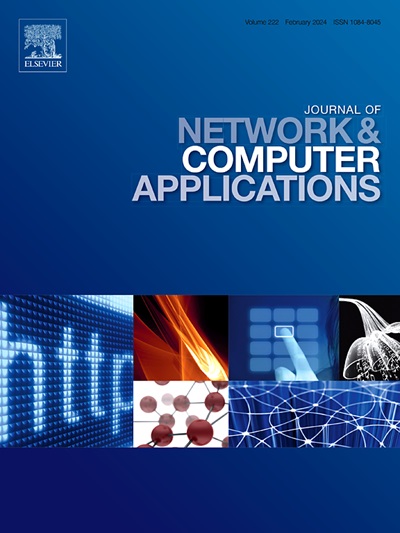A review of graph-powered data quality applications for IoT monitoring sensor networks
IF 7.7
2区 计算机科学
Q1 COMPUTER SCIENCE, HARDWARE & ARCHITECTURE
引用次数: 0
Abstract
The development of Internet of Things (IoT) technologies has led to the widespread adoption of monitoring networks for a wide variety of applications, such as smart cities, environmental monitoring, and precision agriculture. A major research focus in recent years has been the development of graph-based techniques to improve the quality of data from sensor networks, a key aspect of the use of sensed data in decision-making processes, digital twins, and other applications. Emphasis has been placed on the development of machine learning (ML) and signal processing techniques over graphs, taking advantage of the benefits provided by the use of structured data through a graph topology. Many technologies such as graph signal processing (GSP) or the successful graph neural networks (GNNs) have been used for data quality enhancement tasks. This survey focuses on graph-based models for data quality control in monitoring sensor networks. In addition, it introduces the technical details that are commonly used to provide powerful graph-based solutions for data quality tasks in sensor networks, such as missing value imputation, outlier detection, or virtual sensing. To conclude, different challenges and emerging trends have been identified, e.g., graph-based models for digital twins or model transferability and generalization.
物联网监测传感器网络的图形驱动数据质量应用综述
物联网(IoT)技术的发展导致监控网络广泛应用于各种应用,如智慧城市、环境监测和精准农业。近年来的一个主要研究重点是基于图的技术的发展,以提高来自传感器网络的数据质量,这是在决策过程、数字孪生和其他应用中使用感测数据的关键方面。重点放在机器学习(ML)和信号处理技术在图上的发展,利用通过图拓扑使用结构化数据提供的好处。许多技术,如图信号处理(GSP)或成功的图神经网络(gnn)已被用于数据质量增强任务。本研究的重点是监测传感器网络中数据质量控制的基于图的模型。此外,它还介绍了通常用于为传感器网络中的数据质量任务提供强大的基于图形的解决方案的技术细节,例如缺失值输入、离群值检测或虚拟传感。总之,已经确定了不同的挑战和新兴趋势,例如,数字孪生的基于图的模型或模型的可转移性和泛化。
本文章由计算机程序翻译,如有差异,请以英文原文为准。
求助全文
约1分钟内获得全文
求助全文
来源期刊

Journal of Network and Computer Applications
工程技术-计算机:跨学科应用
CiteScore
21.50
自引率
3.40%
发文量
142
审稿时长
37 days
期刊介绍:
The Journal of Network and Computer Applications welcomes research contributions, surveys, and notes in all areas relating to computer networks and applications thereof. Sample topics include new design techniques, interesting or novel applications, components or standards; computer networks with tools such as WWW; emerging standards for internet protocols; Wireless networks; Mobile Computing; emerging computing models such as cloud computing, grid computing; applications of networked systems for remote collaboration and telemedicine, etc. The journal is abstracted and indexed in Scopus, Engineering Index, Web of Science, Science Citation Index Expanded and INSPEC.
 求助内容:
求助内容: 应助结果提醒方式:
应助结果提醒方式:


